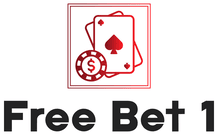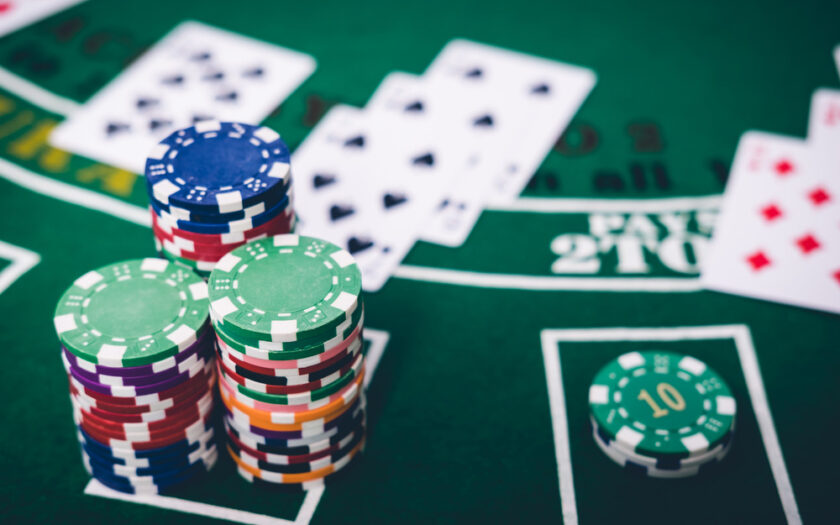Having a solid understanding of the house edge in various versions of blackjack is essential for players. Different rules and deck sizes can significantly impact the advantage that the casino holds during gameplay.
By delving into the intricacies of the house edge in different blackjack variations, players can glean valuable insights to refine their strategies and decision-making processes. This knowledge can potentially lead to more informed and calculated gameplay, potentially improving overall performance at the table.
Classic Blackjack House Edge Analysis
Understanding the house edge in Classic Blackjack is crucial for making informed decisions during gameplay. In this variation, the house edge typically averages around 0.5%, which is considered favorable for players. This means that, on average, for every $100 wagered, players can expect to lose approximately $0.50 to the house over an extended period.
It’s important to note that the exact house edge can vary slightly depending on the specific rules of the game and the player’s strategic choices.
To improve your chances of winning, it’s recommended to learn and apply the basic strategy for Classic Blackjack. By doing so, players can optimize their gameplay and potentially increase their chances of walking away from the table with more winnings.
Spanish 21 House Edge Breakdown
Analyzing the house edge in Spanish 21 reveals important aspects of the game’s structure and player advantages. In Spanish 21, the house edge typically falls between 0.40% and 0.76%, positioning it as a favorable variant of blackjack for players. This reduced house edge is primarily attributed to advantageous rules such as the option to double down on any number of cards, the availability of late surrender choices, and additional bonuses for specific hands.
It’s crucial to recognize that variations in rules can influence the overall house edge, underscoring the significance of understanding the specific rules in play. By gaining a comprehensive understanding of the house edge in Spanish 21, players can make well-informed decisions and devise effective strategies to potentially enhance their winning prospects.
Pontoon House Edge Comparison
When comparing the house edge between Pontoon and Spanish 21, it’s evident that Pontoon tends to offer a slightly more favorable edge for players. Typically, Pontoon has a house edge of around 0.38%, which is lower compared to Spanish 21.
This difference can be attributed to the specific rules in Pontoon that benefit players, such as the 2:1 payout for a Pontoon (natural blackjack) as opposed to the 3:2 payout in Spanish 21. Moreover, the option to double down on any number of cards in Pontoon further decreases the house edge in favor of the players.
These rule variations make Pontoon a popular choice for those seeking a more advantageous gaming experience in terms of house edge.
Differences in House Edge Factors
Various factors contribute to the differences in house edge among different variations of blackjack. When comparing various versions of the game, it’s crucial to consider key elements influencing the house edge:
-
Ruleset Variations: Differences in rules such as splitting, doubling down, and dealer actions can have a significant impact on the overall house edge. For example, rules that restrict doubling down or limit the ability to split pairs can increase the house edge.
-
Number of Decks: The number of decks used in the game is a crucial factor affecting the odds. Generally, the fewer decks used, the lower the house edge. Single-deck blackjack typically has a lower house edge compared to games with multiple decks.
-
Payouts: The payout ratio for blackjack plays a significant role in the house edge. Traditional games that offer a 3:2 payout for blackjack provide better odds for players compared to games that only offer a 6:5 payout for blackjack.
-
Side Bets: Some versions of blackjack include side bets, which can substantially increase the house edge. While these side bets may offer enticing payouts, they often come with a higher house edge, making them riskier for players.
Strategies to Beat the House Edge
To improve your chances of beating the house edge in blackjack variations, it’s essential to adhere to basic strategy. Basic strategy involves making decisions based on the specific combination of your cards and the dealer’s upcard, aiming to minimize the house edge and increase your likelihood of winning.
Additionally, card counting can be a strategy to consider, where you track the distribution of high and low cards to anticipate the probability of certain cards being dealt. While card counting requires skill and practice, it can provide an advantage if executed accurately.
Proper bankroll management, setting limits, and avoiding chasing losses are also crucial aspects to ensure a successful blackjack session.
Conclusion
Understanding the house edge in different variations of blackjack is key to making informed decisions at the table. Knowing the specific rules and strategies for each variant can help you decrease the house edge and potentially increase your chances of winning. It is important to play responsibly within your limits and maintain discipline for long-term success. Good luck at the tables!

